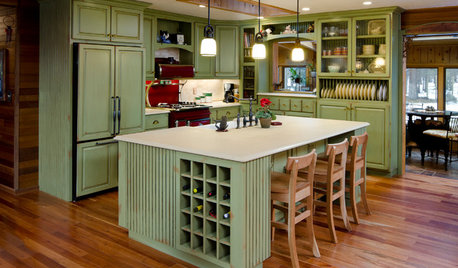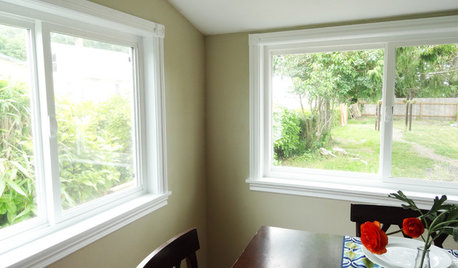solvent-based removal of old window putty
slateberry
12 years ago
Featured Answer
Sort by:Oldest
Comments (17)
sombreuil_mongrel
12 years agobrickeyee
12 years agoRelated Professionals
Clute Kitchen & Bathroom Designers · Glens Falls Kitchen & Bathroom Designers · Hammond Kitchen & Bathroom Designers · Montebello Kitchen & Bathroom Designers · San Jose Kitchen & Bathroom Designers · Eagle Mountain Kitchen & Bathroom Remodelers · Chicago Ridge Kitchen & Bathroom Remodelers · Idaho Falls Kitchen & Bathroom Remodelers · Kettering Kitchen & Bathroom Remodelers · League City Kitchen & Bathroom Remodelers · Martha Lake Kitchen & Bathroom Remodelers · Saint Helens Kitchen & Bathroom Remodelers · Santa Fe Kitchen & Bathroom Remodelers · Wilmington Island Kitchen & Bathroom Remodelers · Pembroke Architects & Building Designersslateberry
12 years agobrickeyee
12 years agoslateberry
12 years agoinox
12 years agoslateberry
12 years agojonnyp
12 years agoinox
12 years agoDavid Stembridge
9 years agoDavid Stembridge
9 years agoslateberry
9 years agosombreuil_mongrel
9 years agoDavid Stembridge
9 years agosombreuil_mongrel
9 years agoA Gignac
6 years ago
Related Stories

HOUSEKEEPINGThe Simple Way to Remove Wax From Candlesticks
Before you make a mess of things, read these easy steps for removing melted wax from your candlesticks
Full Story
BATHROOM DESIGNPedestal Tubs Have Style Bases Covered
Blending old-fashioned elegance with spa-style pampering, pedestal tubs are a practical alternative to claw-foot and standard models
Full Story
HOUSEKEEPINGHow to Remove Water Rings From Wood Tables
You may be surprised by some of these ideas for removing cloudy white water marks from wood surfaces
Full Story
REMODELING GUIDESThe Hidden Problems in Old Houses
Before snatching up an old home, get to know what you’re in for by understanding the potential horrors that lurk below the surface
Full Story
MOST POPULARHow to Reface Your Old Kitchen Cabinets
Find out what’s involved in updating your cabinets by refinishing or replacing doors and drawers
Full Story
DESIGN DETAILSDesign Workshop: The Modern Wall Base, 4 Ways
Do you really need baseboards? Contemporary design provides minimalist alternatives to the common intersection of floor and wall
Full Story
HOUZZ TOURSHouzz Tour: Mixing It Up in a Century-Old Edwardian
Different eras, patterns and textures mingle beautifully in a Canadian interior designer's home and 'design lab'
Full Story
WINDOWSHow to Replace Window Trim
For finishing new windows or freshening the old, window trim gives a polished look with less effort than you may think
Full Story
HOUZZ TOURSHouzz Tour: Old World Style Gets an Airy Update
Get Design Inspiration From an Atlanta Home's Layers of Beautiful Detail
Full Story
DECORATING PROJECTSWhat to Do With Old Family Photos
Find out how to research, share and preserve images that offer a connection to the past
Full Story











sombreuil_mongrel